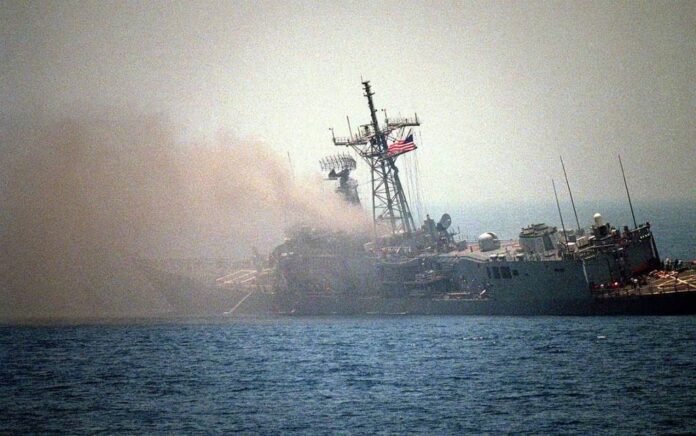While some of the Navy’s ongoing battles in the Red Sea and the Gulf of Aden are without precedent — such as the Iran-backed Houthis’ use of anti-ship ballistic missiles — this is not the first time the sea service has found itself defending commercial vessels in the restive waters of the Middle East, Navy Times reports.

